In the fields of meteorological observation and outdoor operations, ultrasonic handheld weather meters are changing the traditional ways of measuring wind speed and direction with their unique working principle. This portable device, which resembles a camera, can complete non-contact measurement within seconds by transmitting and receiving ultrasonic signals, providing a brand-new technical solution for various scenarios that require real-time wind condition data.
The core of the ultrasonic technology of the WX-SQ2A ultrasonic handheld weather station lies in its precise capture of the changes in sound wave frequency. The equipment simultaneously emits ultrasonic pulses in multiple directions. When the sound waves propagate in the air, their frequencies will slightly shift due to the effect of the wind. By precisely calculating the frequency differences of sound waves in different directions, the instrument can determine the three-dimensional components of horizontal wind speed and direction. This non-contact measurement completely avoids the shortcomings of traditional wind cup sensors, such as being prone to freezing and jamming and mechanical wear. It also does not require complex installation like wind measurement towers, truly achieving the convenient operation of immediate measurement upon opening.
In practical applications, the portability feature of the device demonstrates unique advantages. The measurer only needs to hold the instrument with one hand, align it with the area to be measured and press the button to immediately obtain the wind speed and direction data. This operation mode is particularly suitable for wind condition monitoring in dangerous scenarios such as high-altitude operations and ship decks. Staff can complete the measurement without taking the risk of approaching the edge, significantly enhancing the safety of the operation. In field scientific research, researchers can easily carry equipment to different points and quickly draw regional wind field distribution maps.
The reliability of the data is also commendable. Advanced signal processing algorithms can automatically filter out interference factors such as rainfall and obstacle reflections, ensuring the accuracy of core data. The built-in electronic compass automatically corrects the orientation of the device, and the temperature sensor compensates for changes in sound velocity in real time. These intelligent designs enable non-professionals to obtain measurement results close to those of professional weather stations.
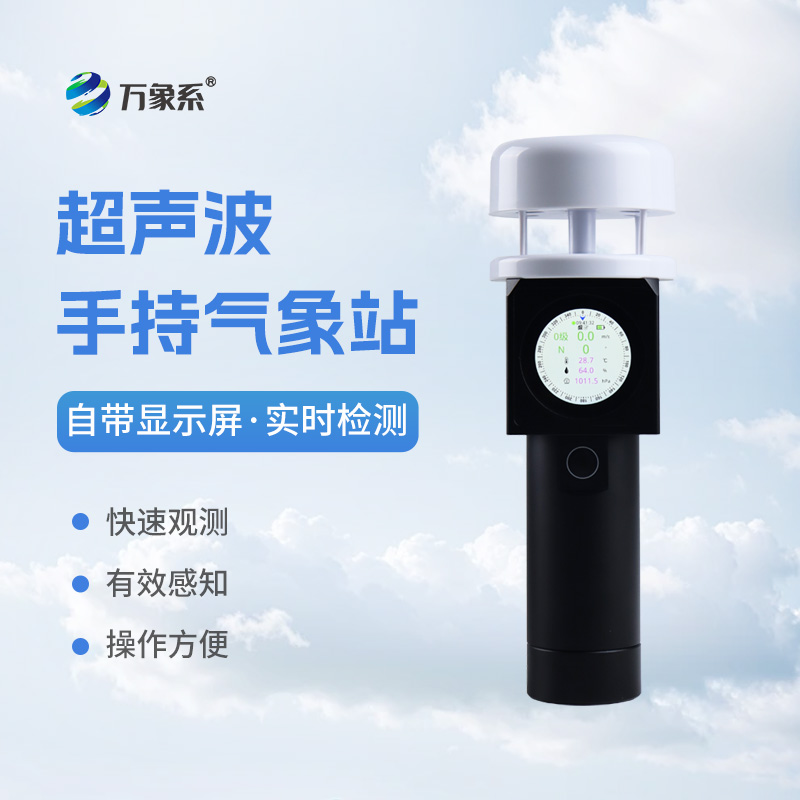
Article address:
http://www.qxhjjc.com/en/article/1730.html

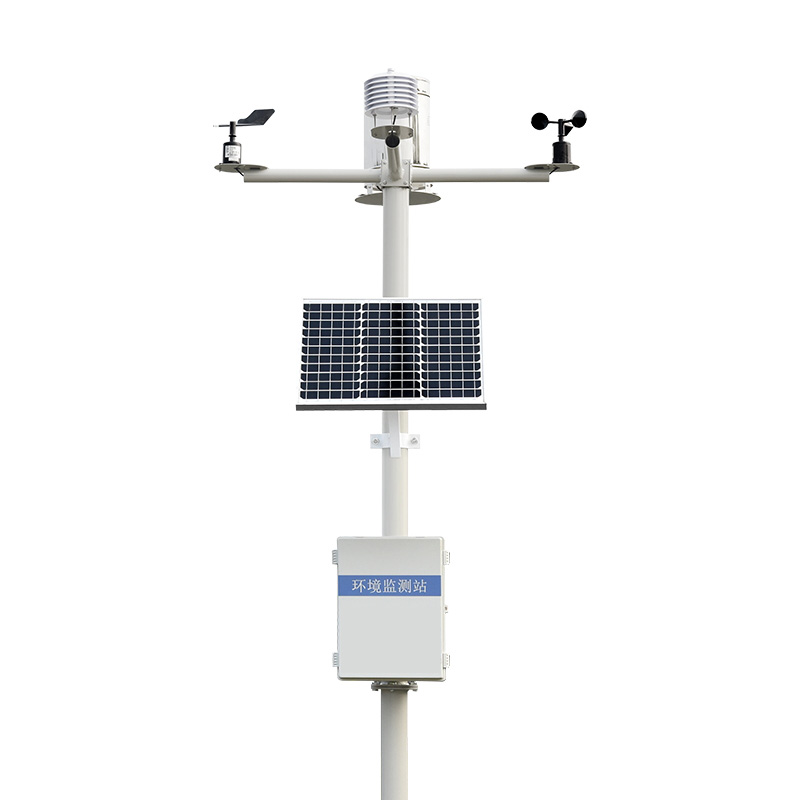
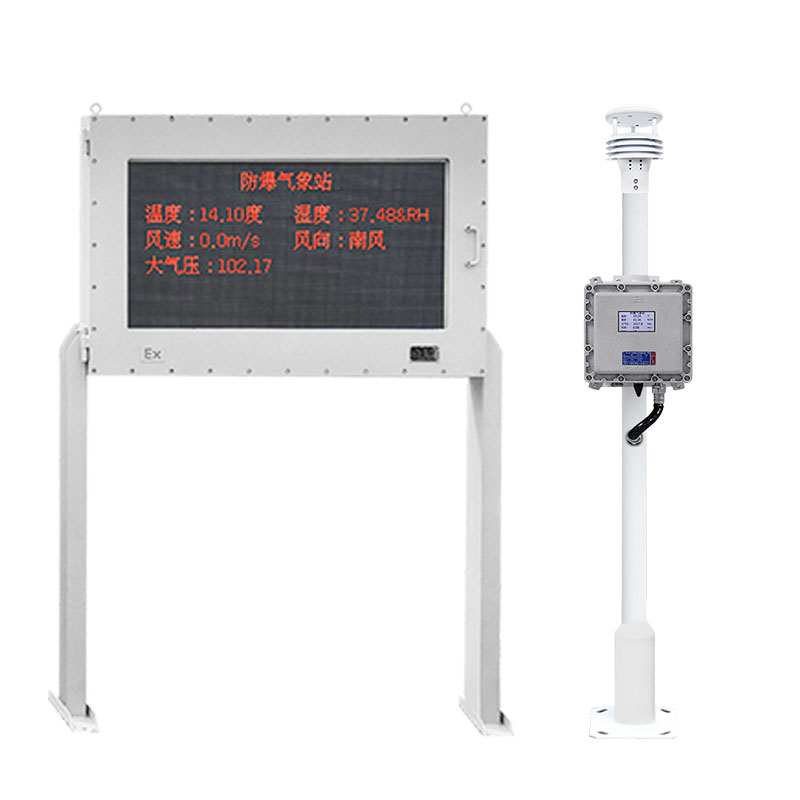
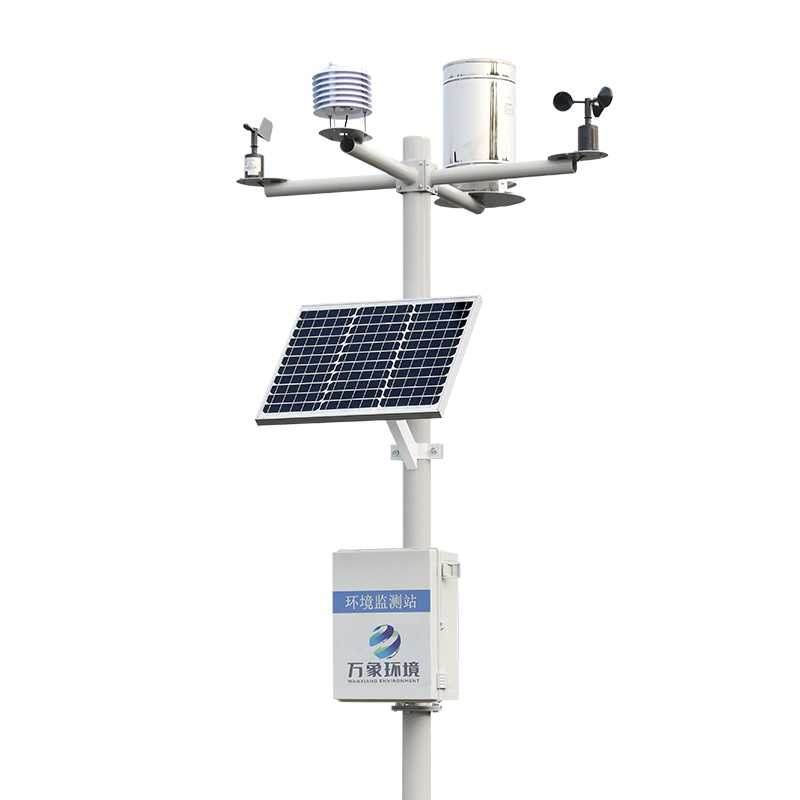
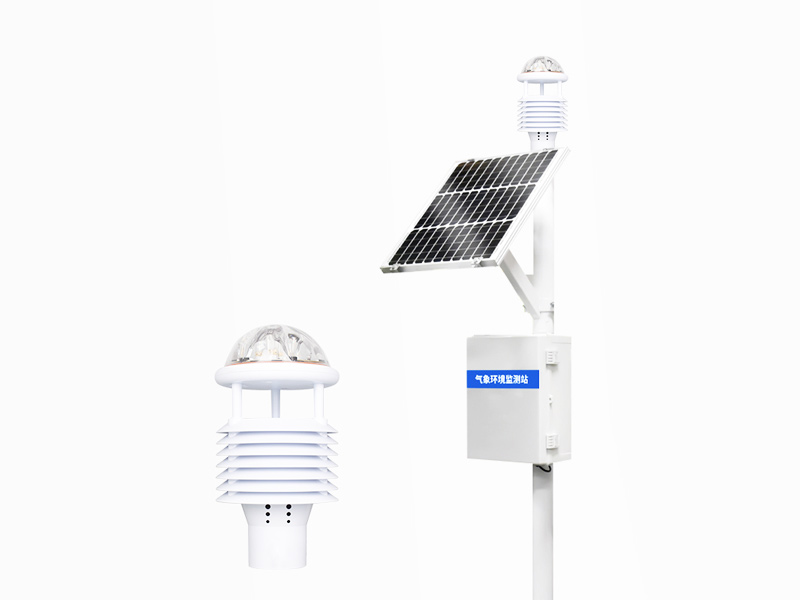
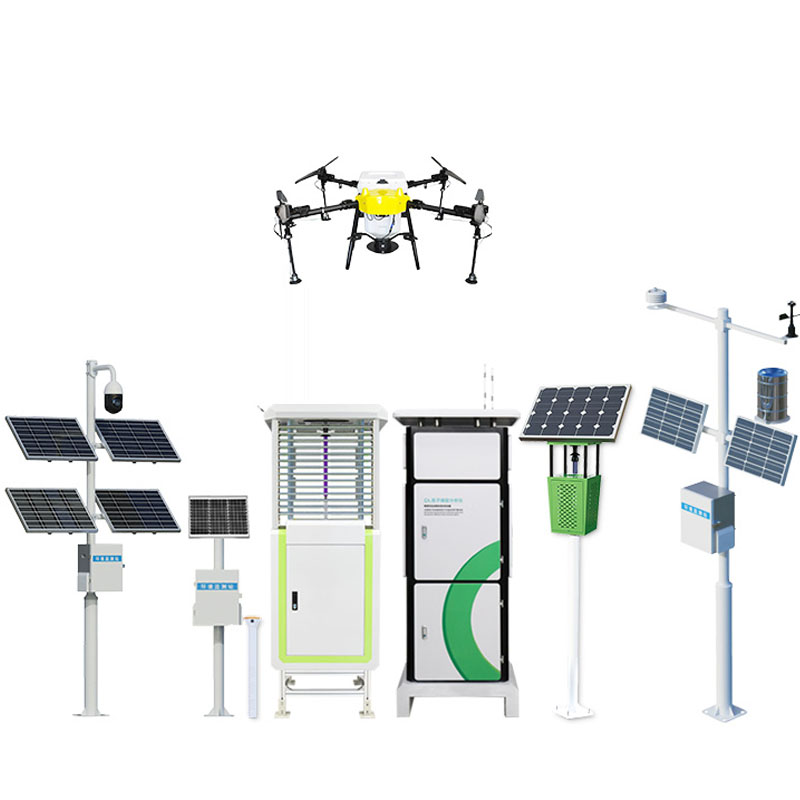






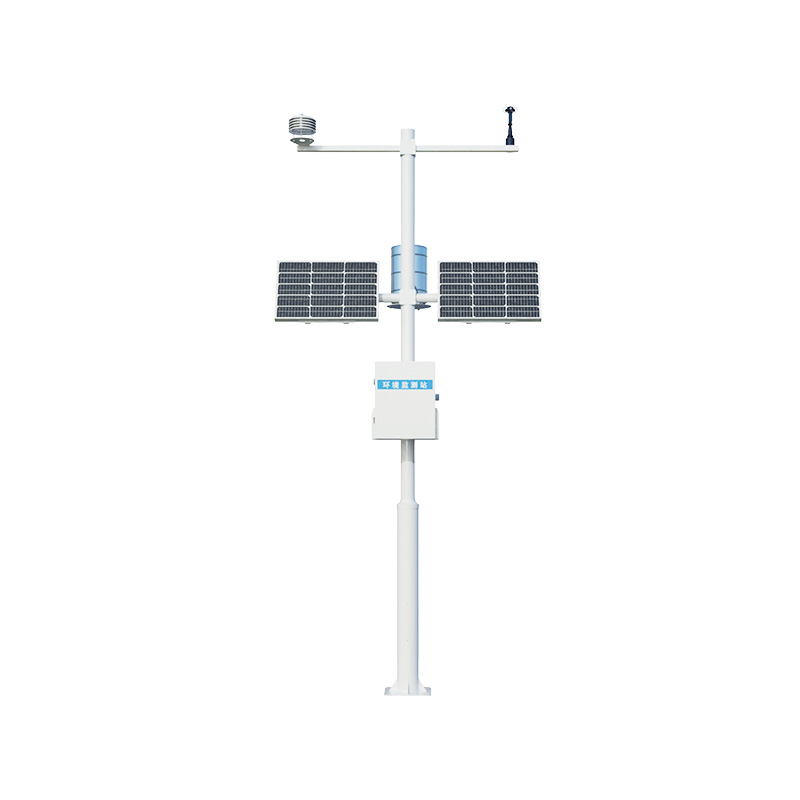
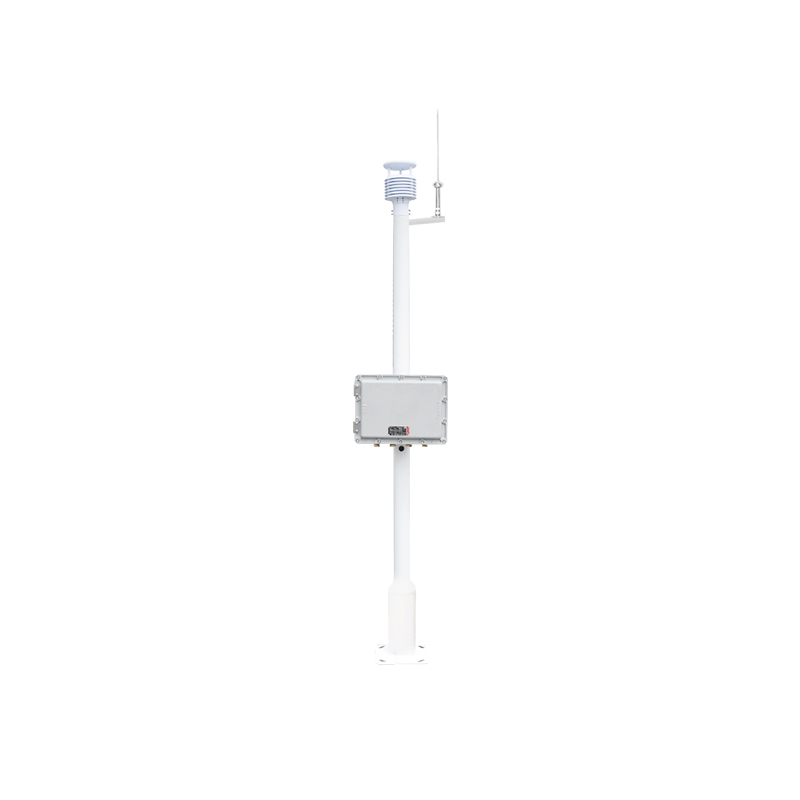
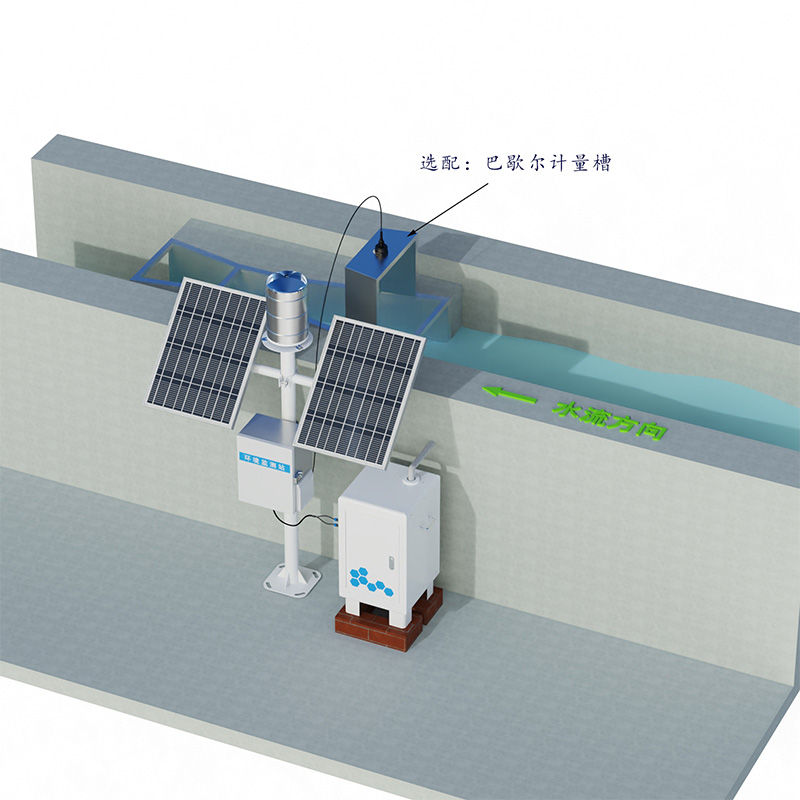
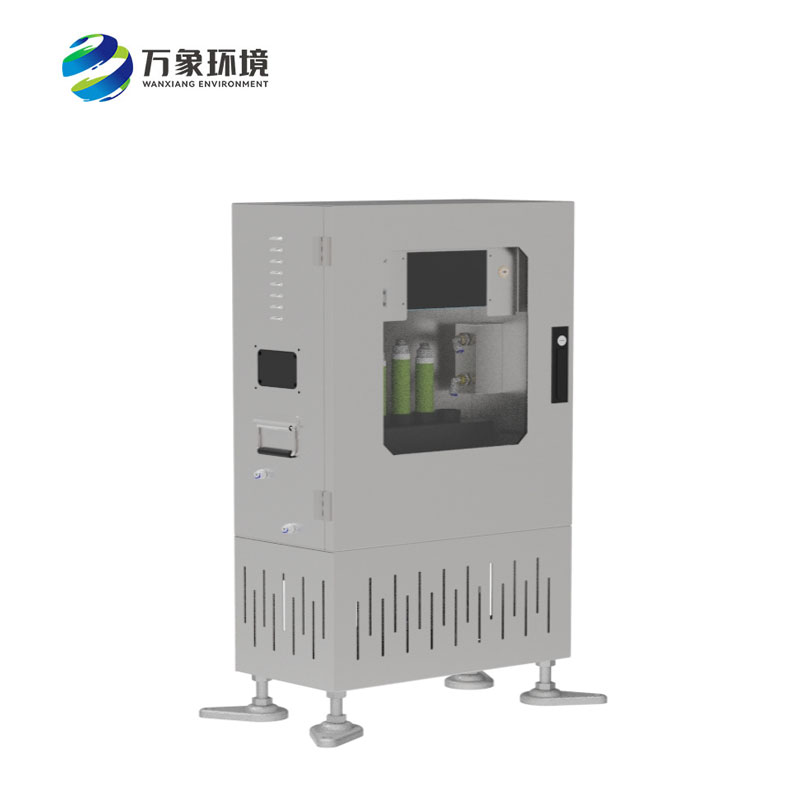
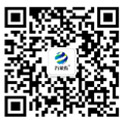

 Home
Home phone
phone Product Overview
Product Overview Contact Us
Contact Us